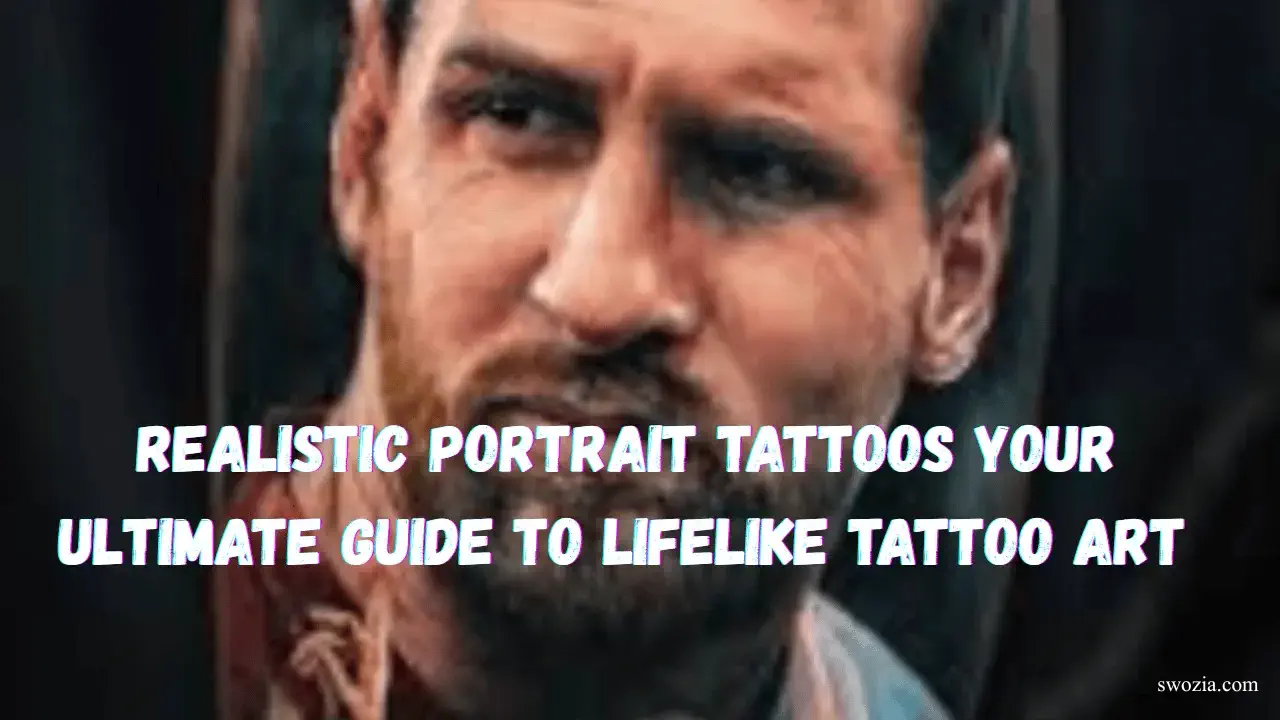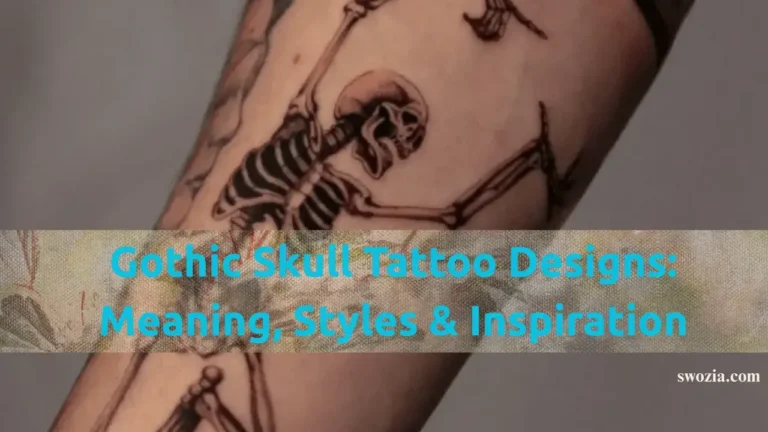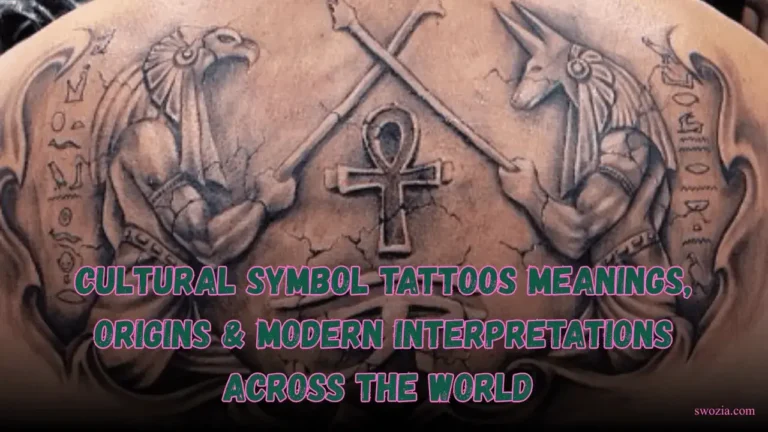Realistic Portrait Tattoos: Your Ultimate Guide to Lifelike Tattoo Art
Discover realistic portrait tattoos, tips for lifelike designs, and expert guidance to create stunning, lasting tattoos.
Realistic portrait tattoos are one of the most intricate and captivating forms of body art, allowing people to immortalize loved ones, pets, or iconic figures in stunning lifelike detail. Unlike traditional tattoos, which often focus on bold lines or symbolic designs, realistic portraits rely on precise shading, fine detail, and an understanding of anatomy to capture true likenesses.
Whether you’re considering a black-and-grey piece or a full-color design, knowing how to select the right reference photo, choose the ideal placement, and work with a skilled artist is essential. In this guide, we’ll cover everything you need to know from inspiration and design tips to preparation, aftercare, and common mistakes to ensure your portrait tattoo remains vivid and lifelike for years.
Table of Contents
What Are Realistic Portrait Tattoos?
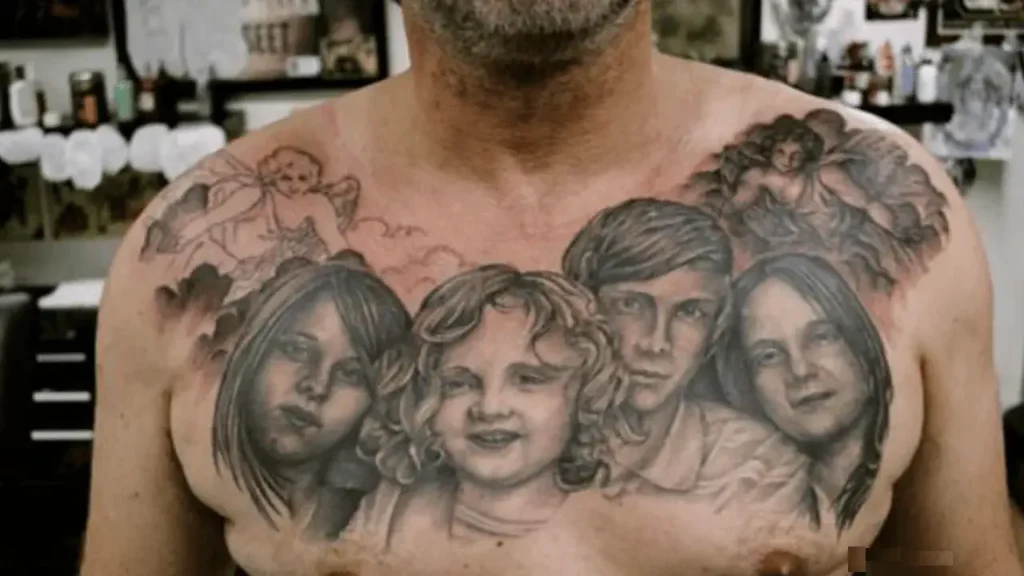
Realistic portrait tattoos are a sophisticated form of body art designed to capture a subject’s likeness with exceptional detail. Unlike traditional tattoos that focus on bold lines, abstract shapes, or symbolic imagery, realistic portraits strive to replicate the subtle nuances of the human face or even pets and objects in a way that looks almost photographic. These tattoos use precise shading, gradients, and fine line work to create depth, dimension, and lifelike detail, making the design appear three-dimensional on the skin.
History and Evolution of Portrait Tattoos
Portrait tattoos have been around for decades, initially serving as memorials or tributes to loved ones. Early portrait tattoos were simpler, often limited to black ink and basic shading. Over time, advances in tattoo machines, inks, and artistic techniques allowed tattooists to achieve far greater detail. Today, realistic portrait tattoos can accurately reproduce expressions, textures, and even the subtleties of light and shadow, offering an unprecedented level of realism.
Realistic vs. Traditional Tattoos: Key Differences
The key distinction between realistic and traditional tattoos lies in their approach and style. Traditional tattoos emphasize strong outlines, flat colors, and iconic designs. Realistic tattoos, on the other hand, prioritize fidelity and lifelike appearance. Artists must carefully interpret photographs, paying close attention to fine details such as wrinkles, hair strands, and shading gradients. This makes realistic portraits more challenging and time-consuming, but the results are visually striking and highly personal.
Popular Styles Within Realistic Portrait Tattoos
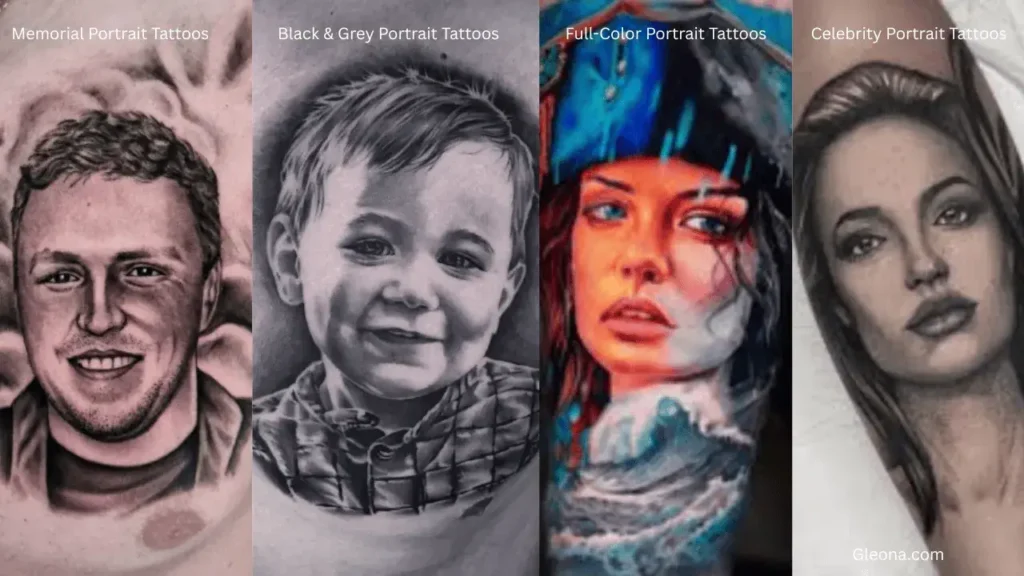
- Black & Grey Portrait Tattoos – Timeless and classic, these tattoos use shades of black and grey to create depth and realism.
- Full-Color Portrait Tattoos – Vibrant and lifelike, color portraits are ideal for pets, celebrities, or expressive designs.
- Memorial Portrait Tattoos – Often black and grey, these tattoos honor deceased loved ones or pets.
- Celebrity Portrait Tattoos – Popular among fans, these tattoos replicate famous figures with incredible precision.
Realistic portrait tattoos are not just art—they’re a meaningful way to preserve memories and emotions in a highly personal form of expression.
How to Choose the Perfect Portrait Tattoo Design
Choosing the right design for a realistic portrait tattoo is crucial for achieving a lifelike and meaningful result. Unlike standard tattoos, portraits require careful planning, attention to detail, and collaboration with a skilled artist. Every element—from the reference photo to placement and color affects the final outcome.
Selecting the Right Reference Photo
The foundation of any realistic portrait tattoo is a high-quality reference photo. Clear, sharp images allow the artist to capture facial expressions, shadows, and fine details accurately. Avoid blurry or low-resolution photos, as these can result in distorted or lifeless tattoos. For pets or loved ones, multiple photos from different angles can help the artist recreate a true-to-life representation.
Placement Considerations for Maximum Impact
Placement is key when designing a portrait tattoo. Larger areas such as the upper arm, chest, or back provide ample space for intricate detail, while smaller areas may limit precision. Consider how the tattoo will flow with the natural contours of your body. Areas with less movement are ideal for maintaining clarity and minimizing distortion over time.
Color vs. Black & Grey Portrait Tattoos
- Black & Grey Portraits: Classic and timeless, black-and-grey tattoos emphasize depth and detail. They are easier to maintain and often age better than color tattoos.
- Color Portraits: Vibrant and lifelike, color portraits can capture eye color, hair highlights, and subtle skin tones. While striking, they may require touch-ups over time to maintain vibrancy.
Personal Meaning and Style
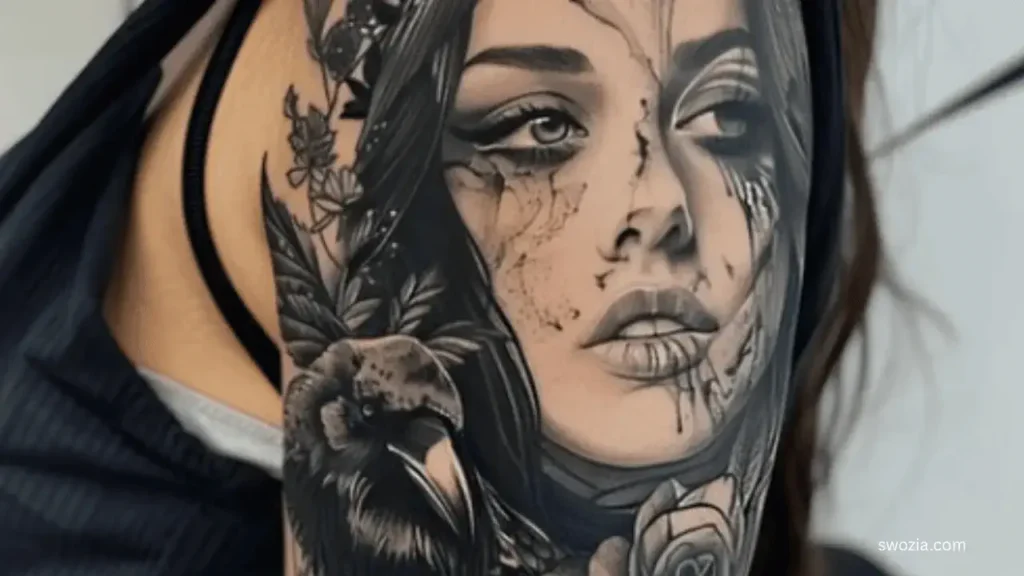
A perfect portrait tattoo should also reflect personal significance. Whether it’s a tribute to a loved one, a pet, or a favorite celebrity, your tattoo should resonate emotionally. Discuss your vision with your artist to ensure the design captures both the likeness and the sentiment behind it.
Choosing the right design is more than picking a photo it’s about creating a tattoo that is visually stunning, technically precise, and deeply meaningful. Proper planning ensures your realistic portrait tattoo remains a cherished piece of art for years to come.
Finding a Skilled Portrait Tattoo Artist
A realistic portrait tattoo is only as good as the artist who creates it. Because these tattoos require precision, attention to detail, and advanced shading techniques, selecting the right artist is critical. Working with a skilled portrait tattooist ensures your design looks lifelike and stands the test of time.
Traits of a Top Portrait Tattoo Artist
When searching for an artist, look for the following qualities:
- Technical Skill: Expertise in fine lines, shading, and gradients is essential for realism.
- Attention to Detail: A talented artist can capture subtle facial features, expressions, and textures.
- Experience with Portraits: Artists with a portfolio of realistic portraits are more likely to deliver consistent results.
- Creativity: Even when following a reference photo, an artist should interpret light, shadows, and depth effectively.
Reviewing Portfolios for Realism
Always examine an artist’s portfolio before booking. Key indicators of skill include:
- Accurate likenesses of people, pets, or objects
- Smooth shading and gradient transitions
- Balanced proportions and lifelike features
- Healed tattoo photos to see long-term results
Social media platforms like Instagram, TikTook, and Pinterest are excellent resources for portfolio research. Pay attention to customer reviews and testimonials to gauge client satisfaction.
Essential Questions to Ask Before Booking
Before committing to a session, ask your artist:
- How many realistic portrait tattoos have you completed?
- Can I see before-and-after healed tattoo photos?
- How long will the tattoo take, and will it require multiple sessions?
- What preparation and aftercare steps do you recommend?
Finding a skilled portrait tattoo artist is a combination of research, portfolio review, and communication. Taking the time to choose the right professional ensures your tattoo is both technically impressive and deeply personal.
Preparing for Your Realistic Portrait Tattoo
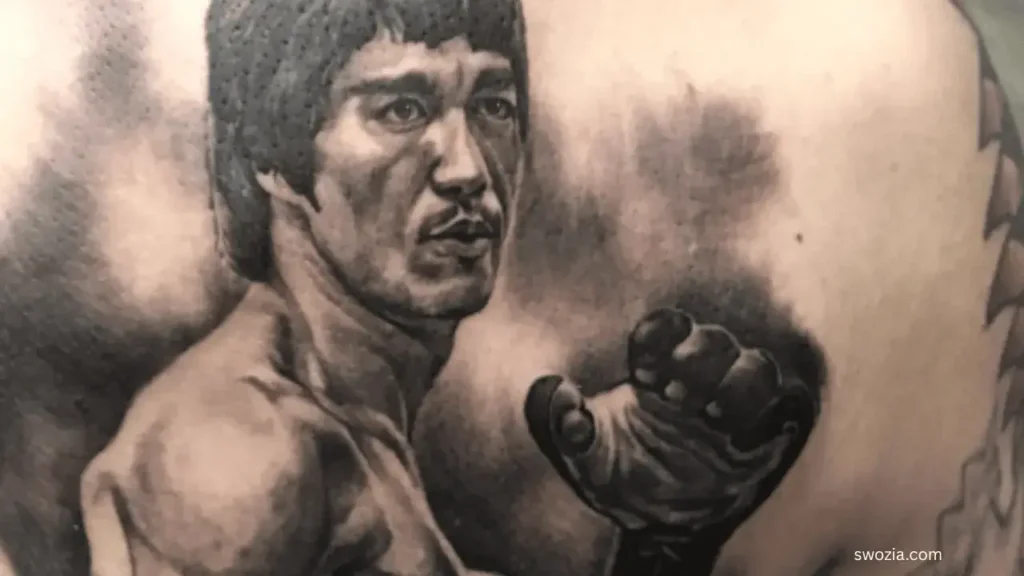
Proper preparation is key to ensuring your realistic portrait tattoo comes out as lifelike and vibrant as possible. Unlike simpler tattoos, portraits demand precision, so taking steps to prepare your skin, manage pain, and understand costs can make the experience smoother and the results more successful.
Skin Preparation Tips
Healthy skin provides the best canvas for a portrait tattoo. Follow these tips before your session:
- Moisturize Regularly: Well-hydrated skin accepts ink more effectively.
- Avoid Sunburns or Tanning: Sun-damaged skin can affect ink retention and healing.
- Stay Hydrated: Drinking plenty of water keeps your skin supple and reduces irritation.
- Do Not Shave Immediately Before the Session: Shaving too close can irritate the skin; let your artist handle any necessary preparation.
Pain Management and Session Duration
Realistic portrait tattoos often take longer than standard tattoos due to their detail. Sessions can last 3–10+ hours and may be split over multiple appointments. To manage discomfort:
- Choose Less Sensitive Areas if you have low pain tolerance.
- Take Short Breaks during long sessions.
- Eat a Healthy Meal beforehand to maintain energy and reduce fatigue.
Understanding Costs and Budget Planning
Portrait tattoos require advanced skill and time, making them more expensive than standard tattoos. Costs vary depending on:
- Size of the tattoo
- Level of detail
- Color vs. black-and-grey designs
- Artist reputation and experience
Expect prices to range from $300 to over $2,000. Remember, quality and realism are worth the investment, so avoid choosing an artist solely based on price.
Mental Preparation
A realistic portrait tattoo is a significant commitment. Mentally preparing for long sessions, potential discomfort, and the emotional aspect of a meaningful design can improve your experience and ensure a smoother process for both you and your artist.
Proper preparation maximizes the likelihood of achieving a stunning, lifelike portrait that you’ll cherish for years.
Aftercare for Realistic Portrait Tattoos
Aftercare is critical to preserving the detail, color, and longevity of your realistic portrait tattoo. Because these tattoos rely on fine lines, shading, and subtle gradients, neglecting proper care can lead to fading, distortion, or patchy healing. Following the right steps ensures your tattoo remains lifelike for years.
Healing Process Overview
- Initial Healing (Days 1–7): Expect redness, swelling, and mild scabbing. Keep the area clean and avoid picking at scabs.
- Peeling Stage (Days 7–14): The tattoo may start to flake. Moisturize regularly to prevent excessive dryness.
- Full Healing (Weeks 2–6): The outer layer of skin will have healed, but the ink may still settle. Avoid sun exposure and swimming during this stage.
Preventing Fading and Distortion
- Avoid Direct Sunlight: UV rays can fade tattoo ink. Use SPF 30+ on healed tattoos when outdoors.
- Moisturize Regularly: Keep skin hydrated to maintain color vibrancy and prevent cracking.
- Avoid Friction: Clothing or constant rubbing over the tattoo can blur fine details over time.
Long-Term Maintenance and Touch-Ups
Even with proper care, realistic portrait tattoos may require touch-ups to preserve intricate details and shading. Areas with high movement (like hands or forearms) may fade faster and need periodic maintenance. Routine check-ins with your artist can help ensure your tattoo continues to look as realistic as the day it was inked.
By following proper aftercare guidelines, you not only protect your investment but also ensure that the portrait remains sharp, vibrant, and lifelike for years to come.
Common Mistakes to Avoid
Realistic portrait tattoos require precision, skill, and careful planning. Many tattoo enthusiasts make mistakes that can compromise the quality and longevity of their tattoos. Avoiding these pitfalls ensures your portrait remains lifelike and vibrant.
Choosing the Wrong Artist
Selecting an artist without experience in realistic portrait tattoos can lead to distorted features, uneven shading, or a lack of likeness. Always research portfolios, reviews, and healed tattoo photos before booking. A highly skilled portrait artist is worth the investment.
Using Poor Reference Photos
The quality of your reference photo directly affects the outcome of the tattoo. Blurry, low-resolution, or poorly lit images make it difficult for the artist to capture accurate details. High-resolution photos with clear lighting and visible facial features are essential for realism.
Ignoring Aftercare Instructions
Neglecting proper aftercare can cause fading, scarring, or patchy ink retention. Follow your artist’s guidance on cleaning, moisturizing, and protecting your tattoo from sun exposure and friction during the healing process.
Rushing the Decision
Realistic portrait tattoos are long-term investments in both time and money. Rushing the design, placement, or artist selection can lead to regret. Take time to plan every aspect carefully to ensure your tattoo looks lifelike and holds personal significance.
By avoiding these common mistakes, you increase the likelihood of getting a portrait tattoo that is detailed, accurate, and enduring.
Inspiration: Realistic Portrait Tattoo Ideas
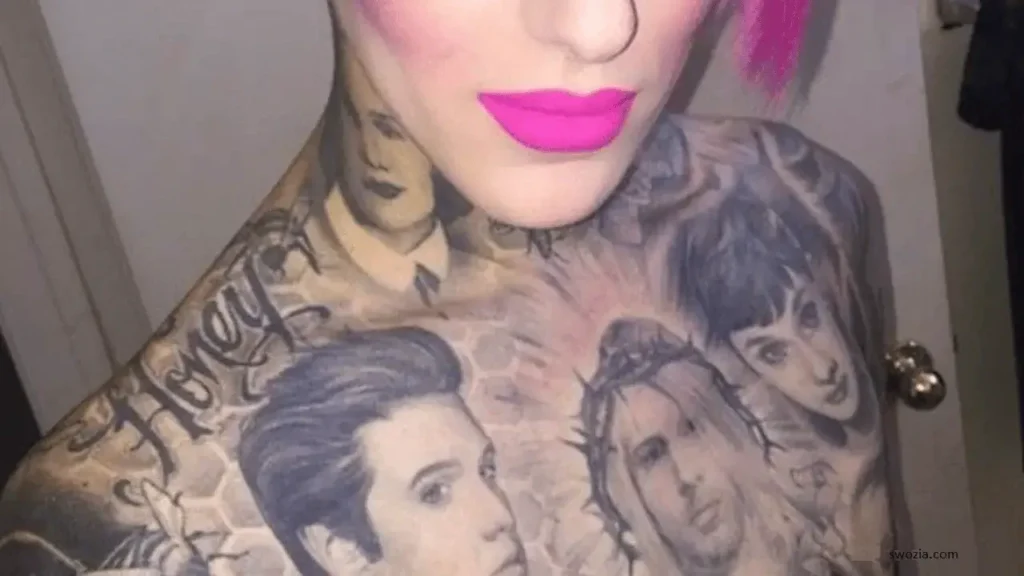
Finding inspiration is an important step when planning a realistic portrait tattoo. The right design not only captures a subject’s likeness but also reflects personal meaning, style, and emotion. Below are some popular categories and ideas to help spark your creativity.
Celebrity Portraits
Many tattoo enthusiasts choose celebrities as their subject for realistic portraits. Actors, musicians, athletes, and cultural icons can be immortalized in stunning detail. Whether it’s a favorite musician, movie star, or sports figure, celebrity portraits allow fans to showcase admiration and personality through art.
Family and Loved Ones
Portrait tattoos of family members or loved ones are deeply personal and meaningful. These tattoos can honor parents, children, partners, or close friends. Black-and-grey designs are particularly popular for memorial tattoos, while color portraits can capture the warmth and essence of the subject.
Pet Portraits
Pet lovers often opt for realistic portrait tattoos to celebrate their furry companions. Capturing a pet’s unique features, expressions, and personality creates a lasting tribute that is both emotional and visually striking. High-quality reference photos are crucial to achieving lifelike detail in pet portraits.
Creative Variations
- Double Portraits: Combining two loved ones in a single design
- Action Shots: Capturing movement or a favorite pose
- Stylized Realism: Adding subtle artistic effects while maintaining lifelike accuracy
No matter the inspiration, the key is selecting a design that resonates personally and works well with the artist’s skills. Combining a meaningful subject with a skilled tattooist ensures a portrait tattoo that is both realistic and timeless.
Conclusion
Realistic portrait tattoos are more than just ink—they are a lasting tribute to loved ones, pets, or iconic figures, captured with incredible lifelike detail. Achieving a stunning portrait requires careful planning, a high-quality reference photo, a skilled tattoo artist, and proper aftercare. By avoiding common mistakes and investing time in preparation, your tattoo will remain vibrant, detailed, and meaningful for years to come.
For more information about Tattoos and Tattoo Ideas please visit our website swozia.com.
FAQs
Can realistic portrait tattoos be removed easily?
Laser removal is possible but often requires multiple sessions due to the intricate details and shading.
How long does a realistic portrait tattoo take to complete?
Depending on size and complexity, sessions typically last 3–10+ hours and may be split over multiple appointments.
Do realistic portrait tattoos fade faster than other styles?
Proper aftercare prevents fading, but fine details may require touch-ups over time, especially on areas with high movement

